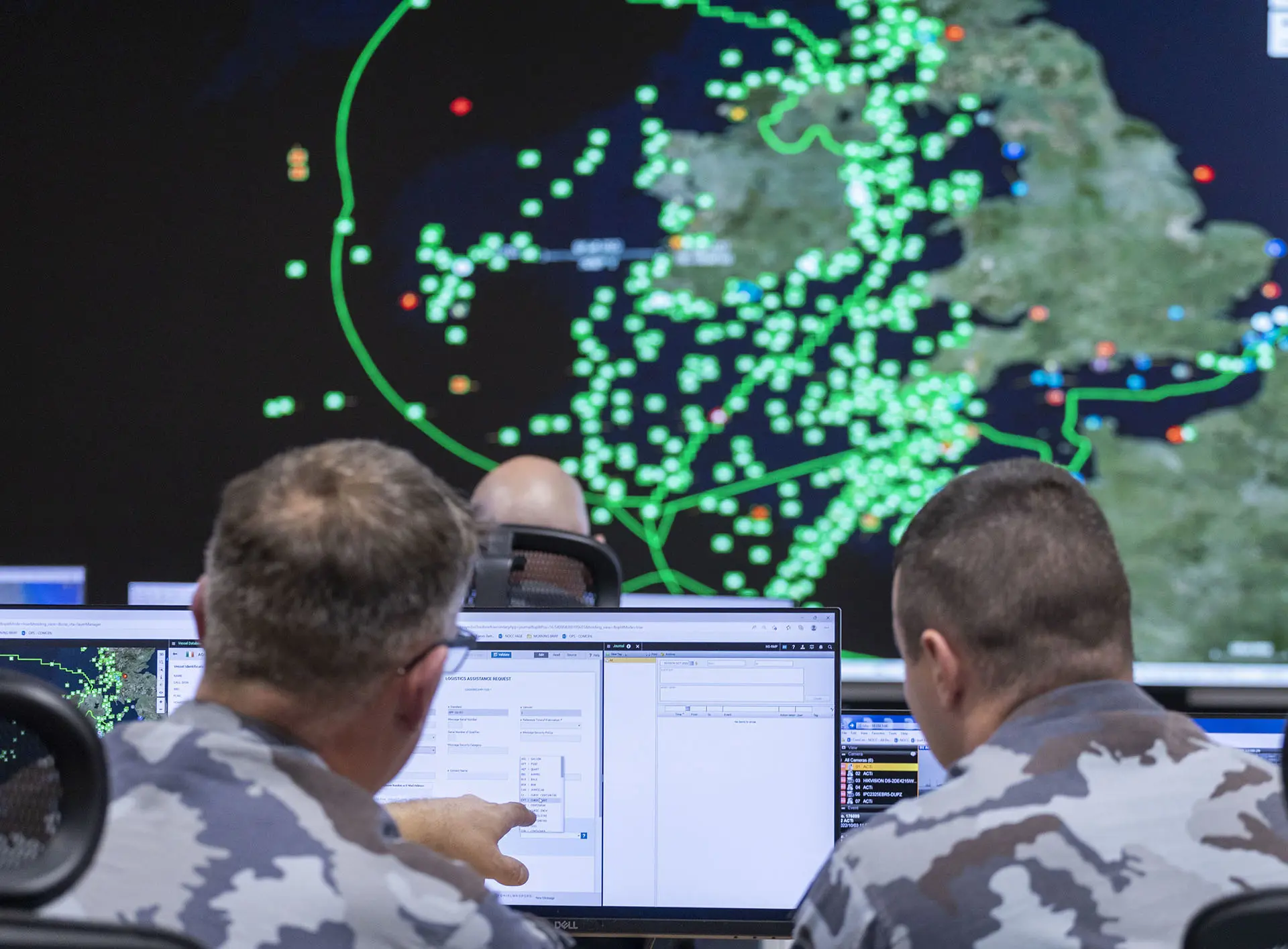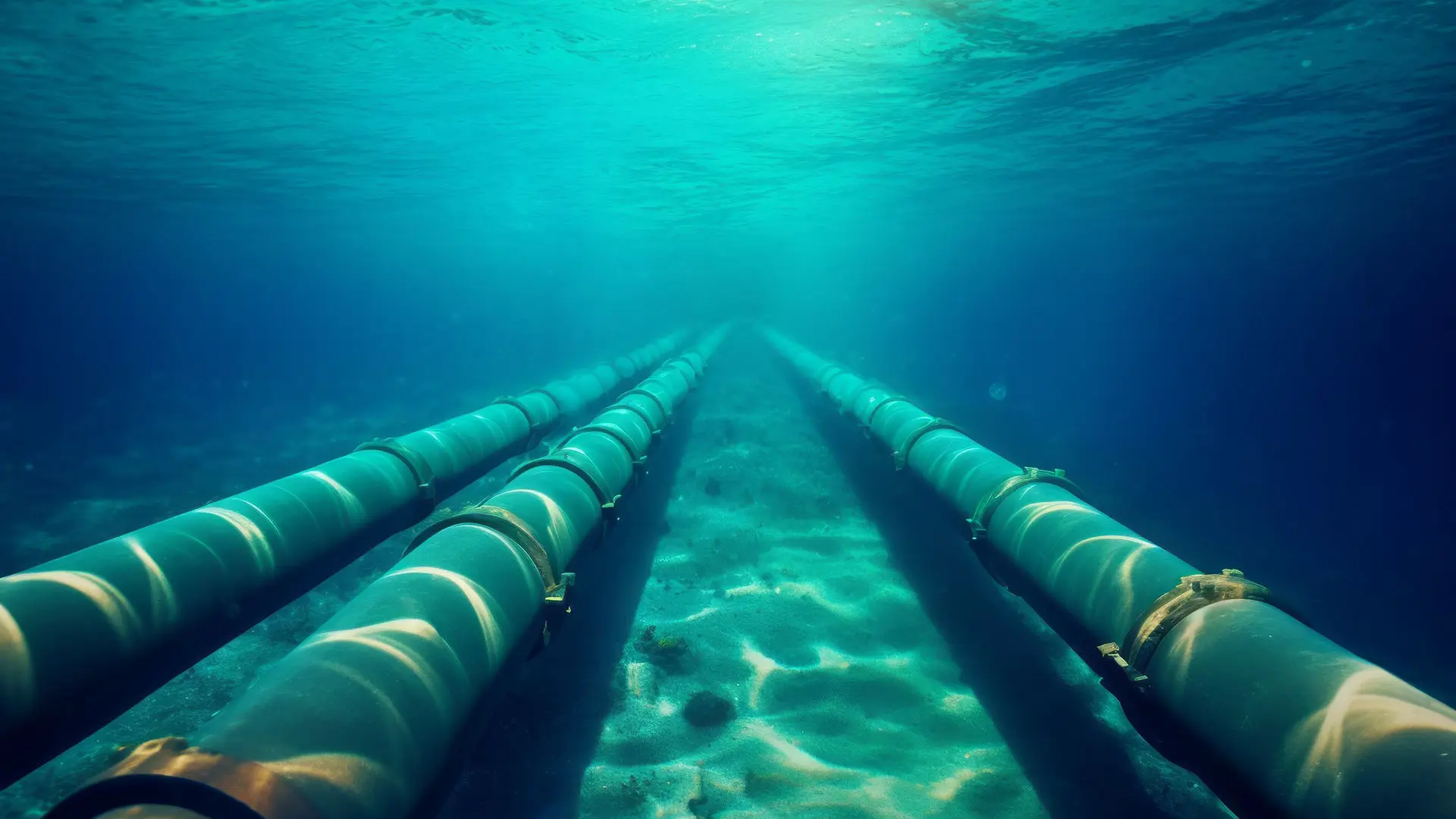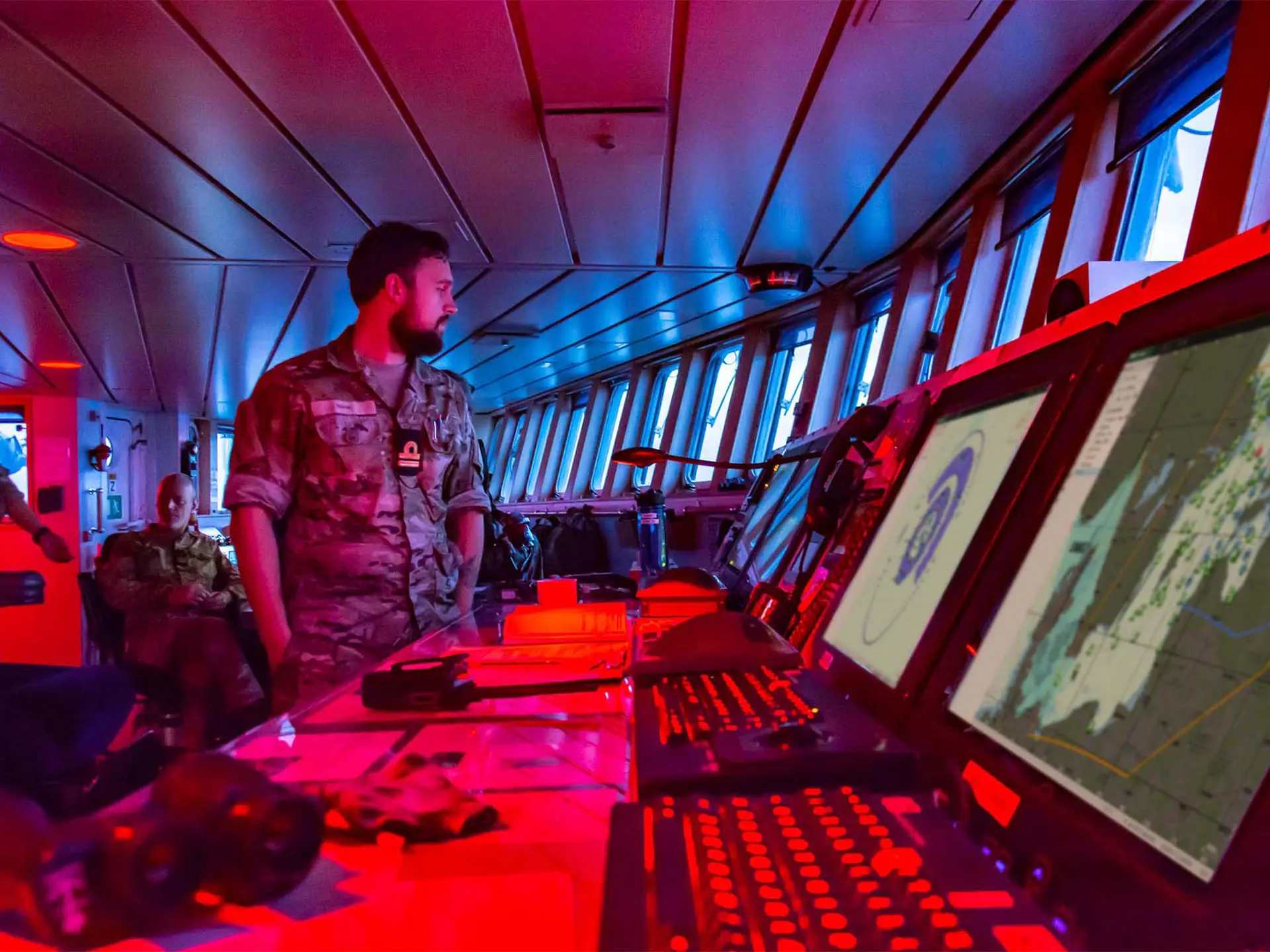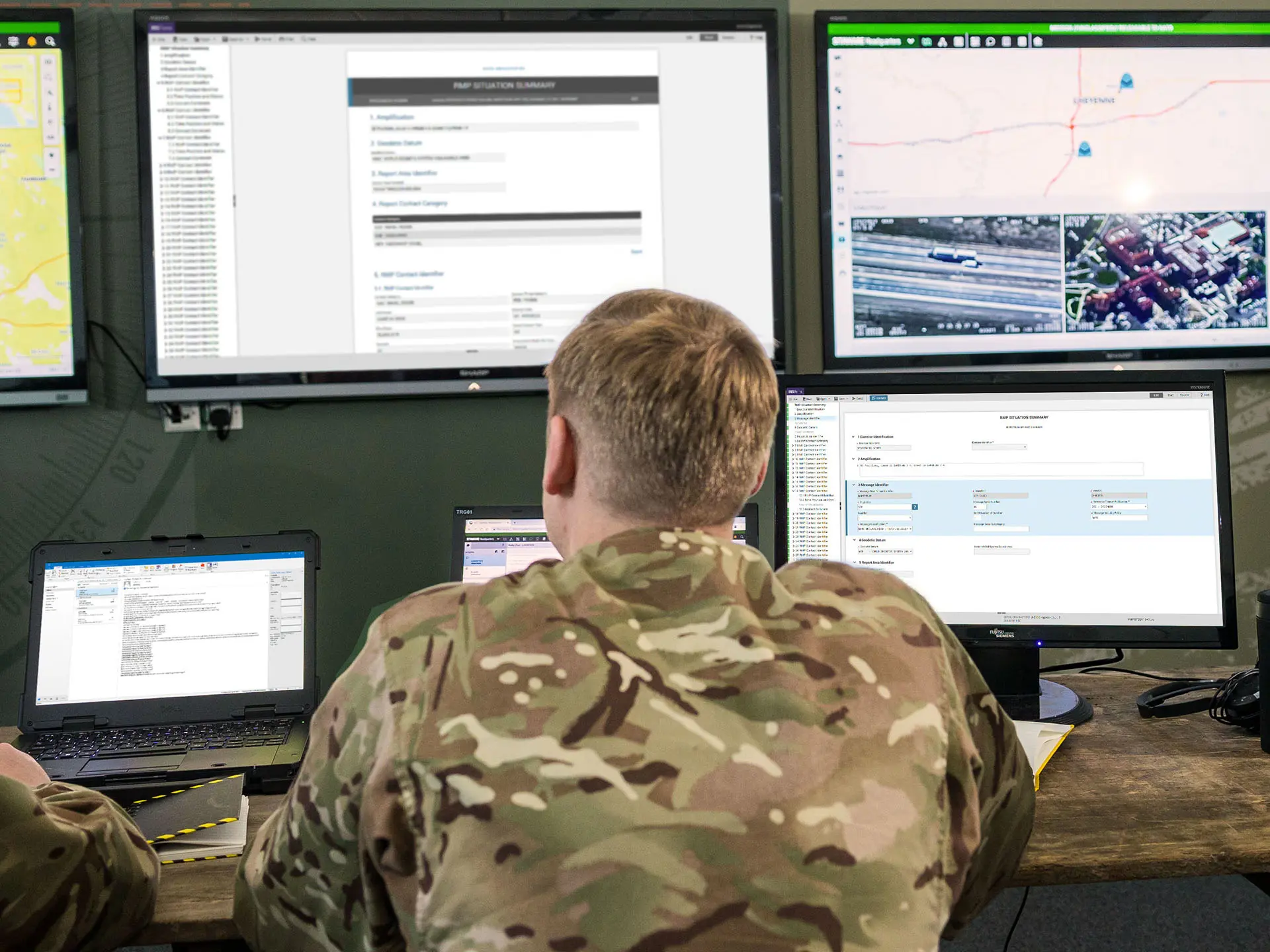Systematic at REPMUS25 and Dynamic Messenger
September in Portugal: Two Maritime Exercises — from experimentation to operational integration
Every September, Portugal becomes the focal point for maritime innovation, hosting two complementary multinational exercises: the Robotic Experimentation and Prototyping with Maritime Unmanned Systems (REPMUS) and Dynamic Messenger.
Led by the Portuguese Navy, NATO’s Allied Command Transformation (ACT) and Allied Maritime Command (MARCOM), the exercises have become central platforms for developing, testing, and integrating maritime unmanned systems (MUS) in coalition contexts.
The exercises are experimental by design. While naval units conduct live trials at sea, engineers and software developers adapt systems on site, extending functionality and solving integration issues in real time. This creates fast-moving environments where technical progress and operational insight go hand in hand. For participating nations, it is a rare opportunity to test interoperability on a scale that no single navy could replicate alone.

SitaWare Maritime at the Core of the Common Operational Picture
At the heart of REPMUS25 was the need to establish a common operational picture (COP) across multiple nations, partners, and technology providers. Systematic’s SitaWare Maritime was deployed to provide that shared view.
Initially introduced for a small number of operators in the Maritime Experimentation and Operations Centre (MEOC) in Tróia, the system quickly attracted wider interest. Airspace controllers, naval staff in Sesimbra, and several industry partners requested access. SitaWare rapidly scaled to support a broad range of users at different commands, sites, and organisations.
Operators put SitaWare to work across mission areas. In Sesimbra, staff created and managed designated water-space areas for underwater vehicle trials, ensuring that autonomous systems operated safely without interference. The system also allowed overlays of critical data — including bathymetry, seabed scans, and mine-like object detection — to be visualised directly in the COP, giving commanders a comprehensive view of the underwater environment.
SitaWare’s integrated chat and collaboration tools supported real-time coordination between distributed teams, linking planners, operators, and industry partners. By combining data visualisation, planning functions, and integrated communication, SitaWare enabled all participants to work from a common coalition-wide COP across both exercise sites.

Demonstrating new subsurface capabilities at REPMUS25
REPMUS25 placed a strong emphasis on the underwater domain, from autonomous underwater vehicles to mine countermeasure operations. This provided an ideal environment to put the latest SitaWare Maritime features into practice.
During the event, operators trialled new Water Space Management (WSM) functions to define patrol areas, deconfliction zones, and communication regions for submarine and UxV activity. The ability to visualise these areas directly in the COP enabled faster coordination between participating nations.
Foundational tools for Naval Mine Warfare (NMW) planning were also exercised. Planners defined mine threat areas and countermeasure channels, linking them to seabed data and vessel capabilities. By integrating this information into SitaWare Maritime, navies were able to align mission planning with live operational tracks in a single environment.
The setting at REPMUS demonstrated how these capabilities can support coalition staff in managing the complexities of subsurface warfare. It also highlighted the value of an incremental roadmap: with further enhancements — such as APP-11 message exchange and extended PMI functionality — due in early 2026, SitaWare Maritime is progressively strengthening its role as a coalition tool for coordinated subsurface and mine warfare operations.
Interoperability in Action: Partner Contributions
REPMUS thrives on collaboration, and this year demonstrated how partner technologies could seamlessly federate into SitaWare Maritime:
• north.io contributed its Ocean Big Data Platform, transforming underwater sensor streams into WMS layers that were directly visualised, advancing underwater domain awareness.
• Kongsberg Geospatial, working with Xer Technologies and Systematic, advanced adoption of STANAG 4817 to enable real-time interoperability between aerial and underwater systems, including the integration of the HUGIN AUV.
• Flanq deployed its uncrewed surface vehicle (USV) in joint missions, including autonomous drone take-off and landing, sub-surface imaging in mine countermeasure scenarios, and crewed–uncrewed teaming. Data from these missions was shared through the coalition COP.
Together, these contributions highlighted the strength of an open, interoperable maritime C2 environment: diverse systems, national contributions, and specialist technologies brought together in a single coalition picture.
From REPMUS to Dynamic Messenger
REPMUS25 concluded with a clear lesson: experimentation at this scale is essential for advancing MUS capabilities and validating new technologies in realistic conditions. Yet experimentation is only half the journey.
Immediately following REPMUS, many of the same participants moved into NATO led Dynamic Messenger, conducted under the leadership of ACT and MARCOM, with support from the NATO Centre for Maritime Research and Experimentation (CMRE), the Maritime Unmanned Systems Initiative (MUSI) and the Supreme Headquarters Allied Powers Europe (SHAPE). Where REPMUS provides the technology testbed, Dynamic Messenger translates outcomes into doctrine, training, and interoperability within NATO maritime operations.
For Systematic, this transition underscores a consistent role: SitaWare Maritime as the recognised COP across both experimental and operational phases. By ensuring continuity between the two exercises, SitaWare helps bridge the gap from innovation to implementation — giving navies and partners a trusted, interoperable foundation on which to build the future of maritime operations.



